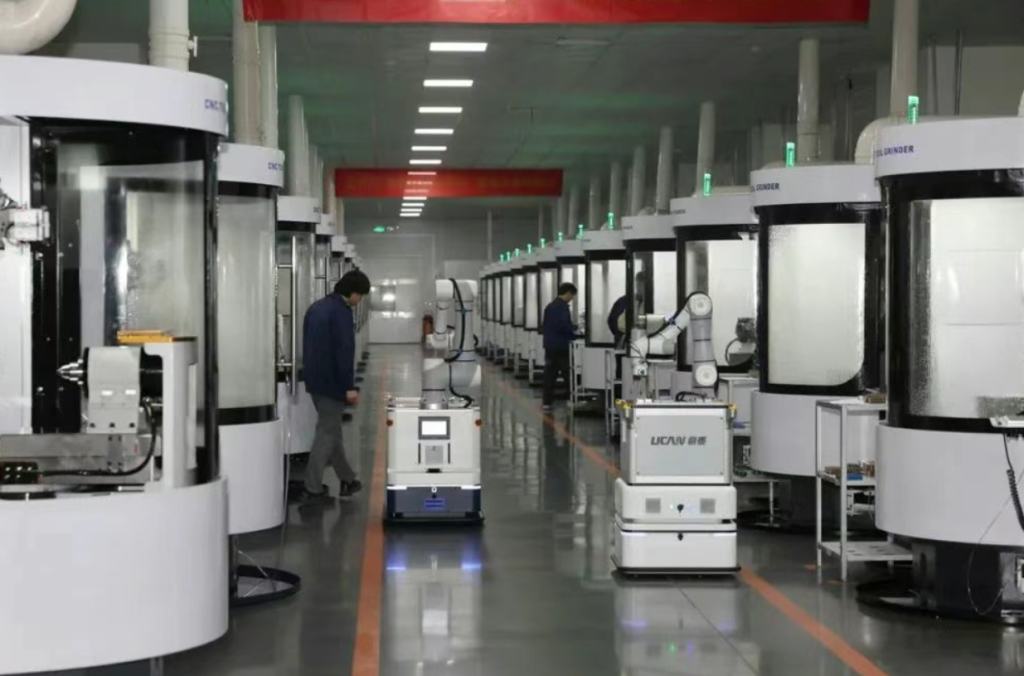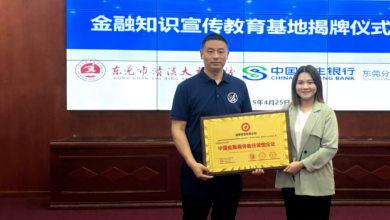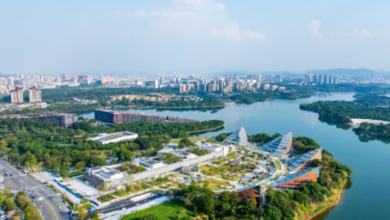Dongguan’s Foreign Trade Breakthrough: Resilience and Innovation in Challenging Times


Introduction
As one of China’s most vital manufacturing hubs, Dongguan has long been a cornerstone of global trade. Known as the “Factory of the World,” it produces everything from computer components to shoes and toys, with exports accounting for a significant portion of its economy. However, in recent years, geopolitical tensions, shifting supply chains, and fluctuating global demand have posed challenges for local businesses.
Despite these obstacles, Dongguan’s foreign trade has demonstrated remarkable resilience. According to recent data, the city’s import and export value reached 615.85 billion yuan in the first five months of 2025, a 17.4% year-on-year increase, with exports growing by 11.2%. How has Dongguan managed this impressive performance? Let’s explore the strategies behind its success.
1. Structural Optimization: Diversifying Markets and Strengthening Supply Chains
One key factor in Dongguan’s resilience is its diversified trade structure. In the past, the city heavily relied on the U.S. market, but recent years have seen a strategic shift toward emerging economies.
- Expanding into New Markets
By 2024, trade with Belt and Road Initiative (BRI) countries surged to 405.45 billion yuan, making up 29.2% of Dongguan’s total trade volume. Meanwhile, ASEAN has become its largest trading partner, reducing dependence on the U.S. market (now only 12% of total trade). - Strengthening Domestic Sales
Many companies have also turned to domestic consumption as a buffer against external shocks. Over the past three years, foreign-funded enterprises in Dongguan have generated 1.8 trillion yuan in domestic sales. For example, Guangdong Boilwi Technology, a lithium battery manufacturer, has reduced its export reliance from 80% to 50%, expanding into 80 global markets while growing domestic revenue. - Supply Chain Advantages
Unlike some competitors in Southeast Asia, Dongguan’s highly integrated industrial clusters keep production costs competitive. For instance, smartphone maker OPPO sources 67 key suppliers within a 5km radius of its industrial park, ensuring rapid and cost-efficient production.
In my experience visiting Dongguan’s factories, the efficiency of its supply chain is unmatched—components move from suppliers to assembly lines in hours, not days.
2. Upgrading for Competitiveness: Innovation, Automation, and Branding
To stay ahead, Dongguan’s manufacturers are investing heavily in technology, automation, and brand development.
A. Moving Up the Value Chain
Companies like OPPO and Ding Tai High-Tech are leading the charge in high-end manufacturing:
- OPPO’s AI-powered health lab has secured 150+ patents, enhancing smartphone functionalities.
- Ding Tai High-Tech, a precision toolmaker, now holds 20% of the global market for micro-drill bits used in circuit boards.
B. Embracing Smart Manufacturing
Automation is another game-changer:
- Hsu Fu Chi (徐福记) automated its shaqima (rice cake) production, boosting efficiency by 85%.
- Ming An Sports Equipment cut labor costs via robotics, raising profit margins to 10%.
I’ve personally seen how smart factories in Dongguan operate—robots handle 90% of packaging, while engineers monitor real-time data for quality control.
C. Building Independent Brands
Moving beyond OEM (original equipment manufacturing), firms like Delight Watch (得利钟表) are now focusing on OBM (own brand manufacturing):
- Their cobalt alloy fashion accessories, developed in-house, are projected to bring in 200 million yuan in sales.
Government initiatives have been crucial in sustaining Dongguan’s trade growth:
A. Boosting Export Confidence
- Export credit insurance coverage has expanded, with plans to insure $5 billion+ in emerging market trade by 2025.
- Cross-border e-commerce incentives are helping SMEs reach global buyers.
B. Facilitating Domestic Market Entry
Some exporters struggle with domestic competition and regulatory hurdles. To address this, Dongguan is:
- Organizing trade fairs linking foreign-trade firms with local buyers.
- Streamlining standards to prevent low-quality products from undercutting legitimate businesses.
From my conversations with local entrepreneurs, policies like tax rebates and logistics subsidies have been lifelines during market downturns.
Conclusion: A Model of Adaptability
Dongguan’s success lies in its diversified markets, relentless innovation, and strong policy backing. While global uncertainties persist, the city’s ability to pivot, automate, and brand itself ensures long-term resilience.
For businesses worldwide, Dongguan offers a lesson: adaptability is the ultimate competitive edge.





